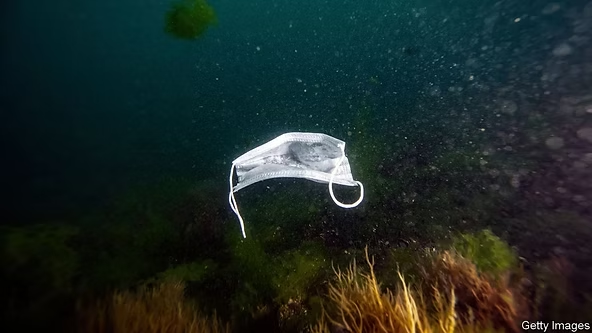The Hidden Threat of Discarded Face Masks
The waste of discarded face masks is an unseen and neglected danger during the pandemic. Reports such as “more masks than jellyfish” highlight a grim reality surfacing day by day.
Disposable Doesn’t Mean Gone
While we call them “disposable,” masks do not disappear. Studies suggest that 3.4 billion disposable face shields and masks are discarded daily. Asia alone discards 1.8 billion masks each day, making it the largest contributor globally.
Impact on Animals and Humans
Animals, including falcons, seagulls, and swans, are threatened by discarded masks and PPE waste. Municipal recycling systems struggle with these materials, which often contain polymers like polyester and polypropylene that break machinery and are difficult to recycle.
Impact on the Ecosystem
Managing PPE litter during the pandemic is challenging. Plastic waste entering oceans is expected to triple in the next two decades, with minimal improvement even if enterprises increase recycled plastic usage. Additionally, pandemic-related increases in takeout packaging and lifted bans on disposable plastics worsen the problem, alongside partial closures of recycling facilities in the US.
What We Can Do
- Avoid littering, especially with PPE items.
- Use cloth masks whenever possible instead of disposable plastic masks.
- Seal used PPE in a plastic bag before disposing to prevent contamination.
Even small steps can reduce the growing threat of PPE pollution on animals, humans, and the environment.

